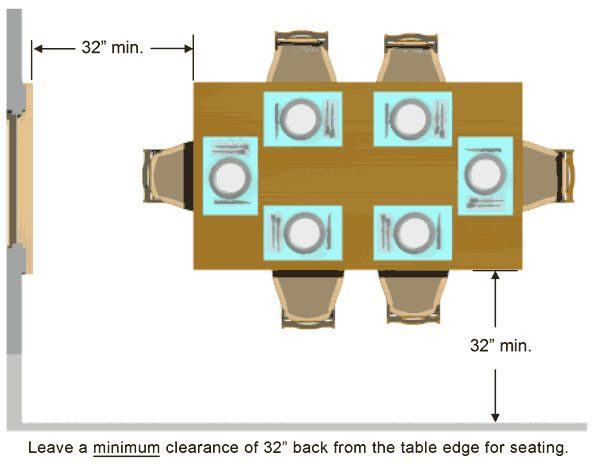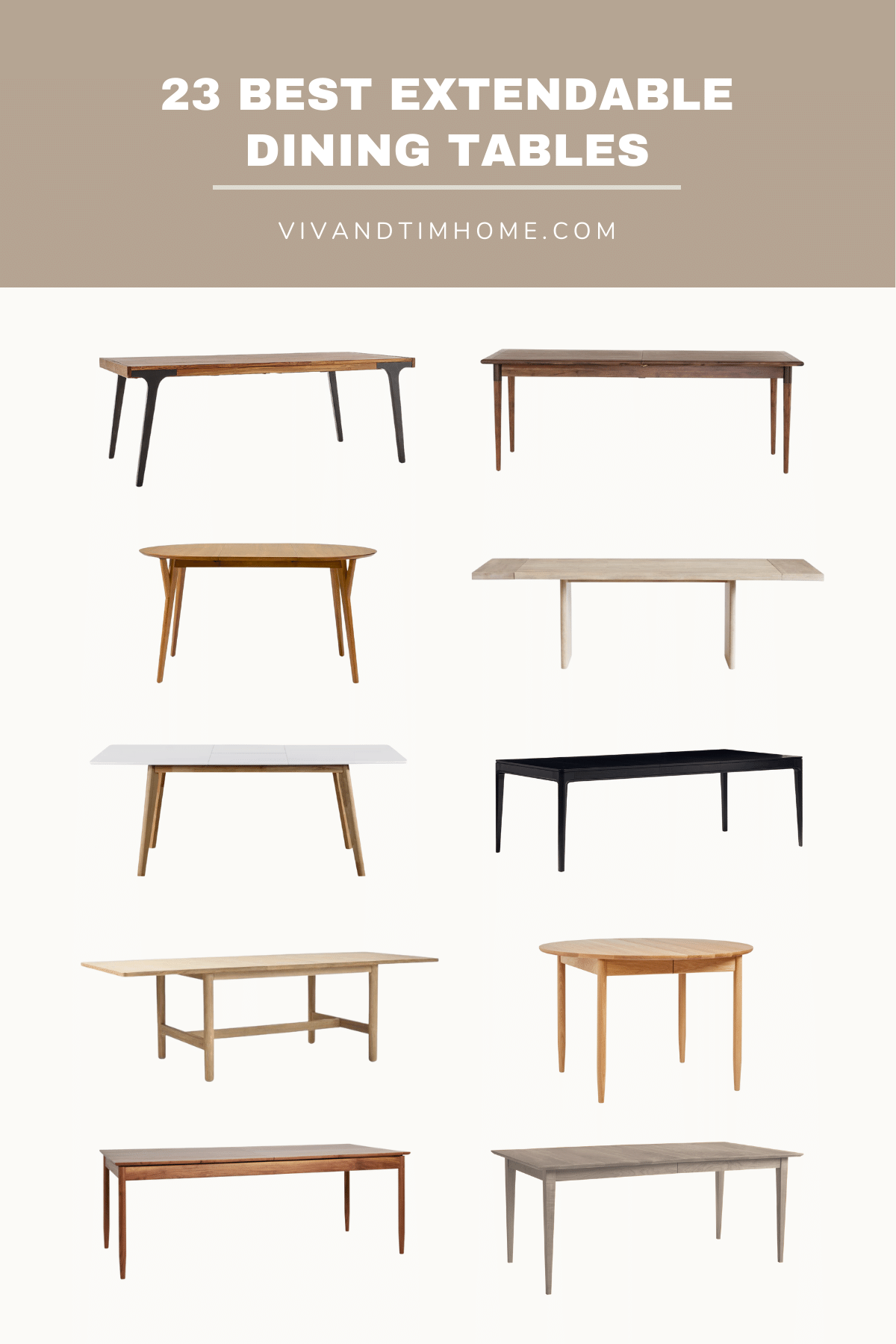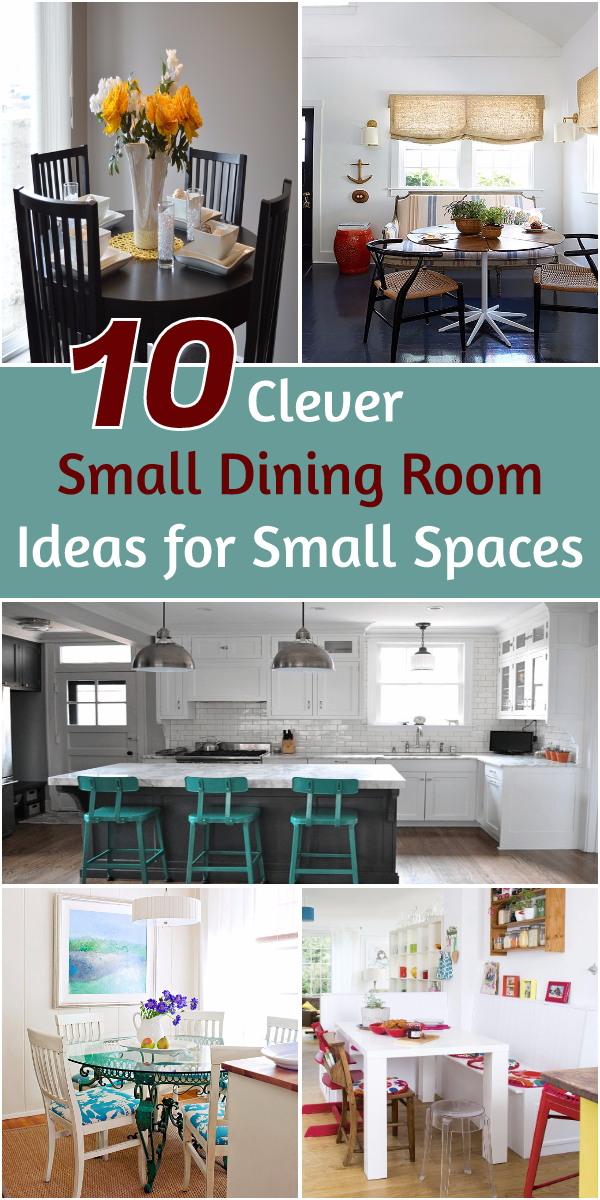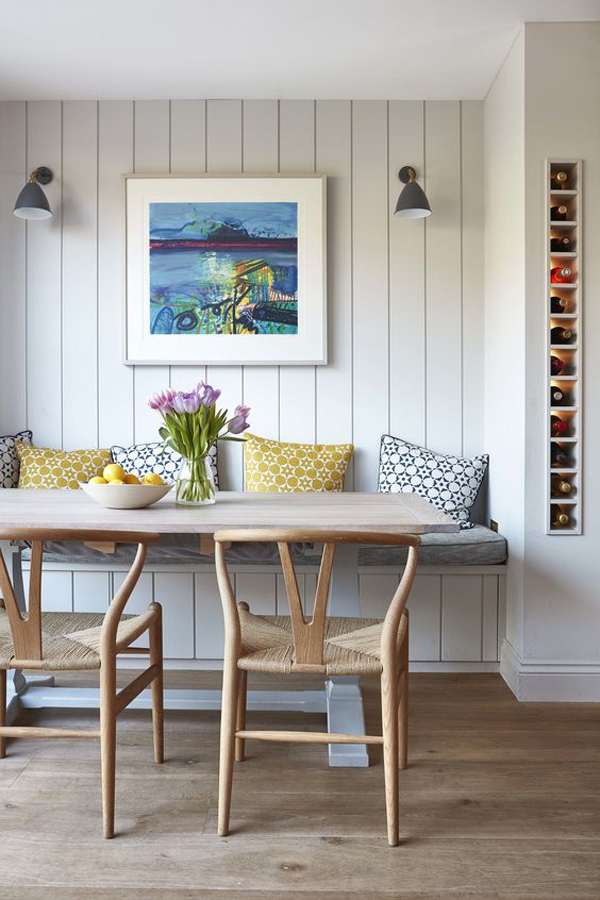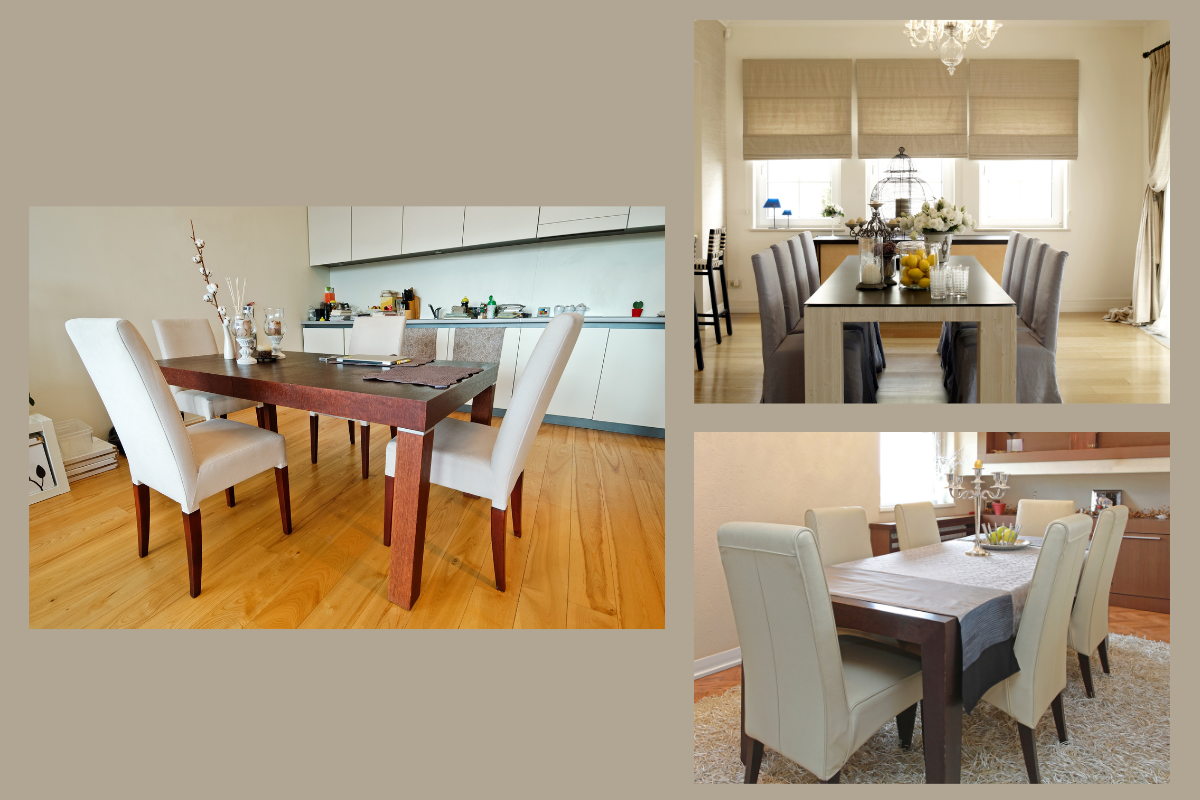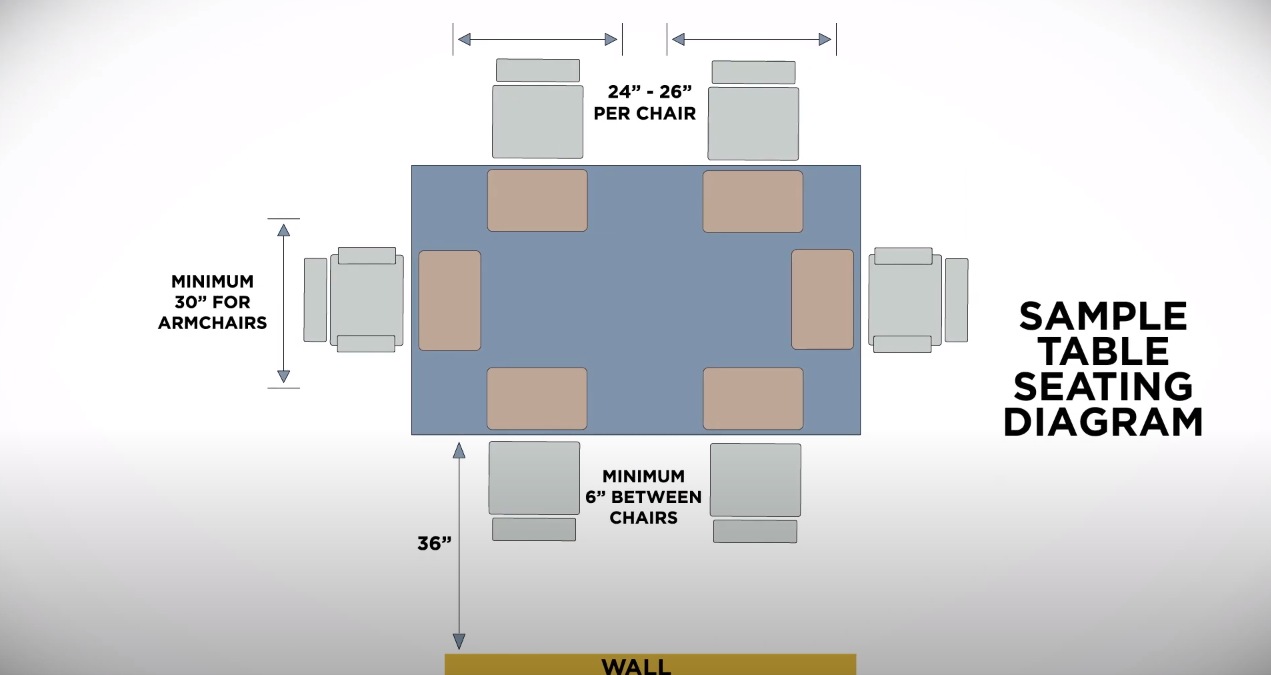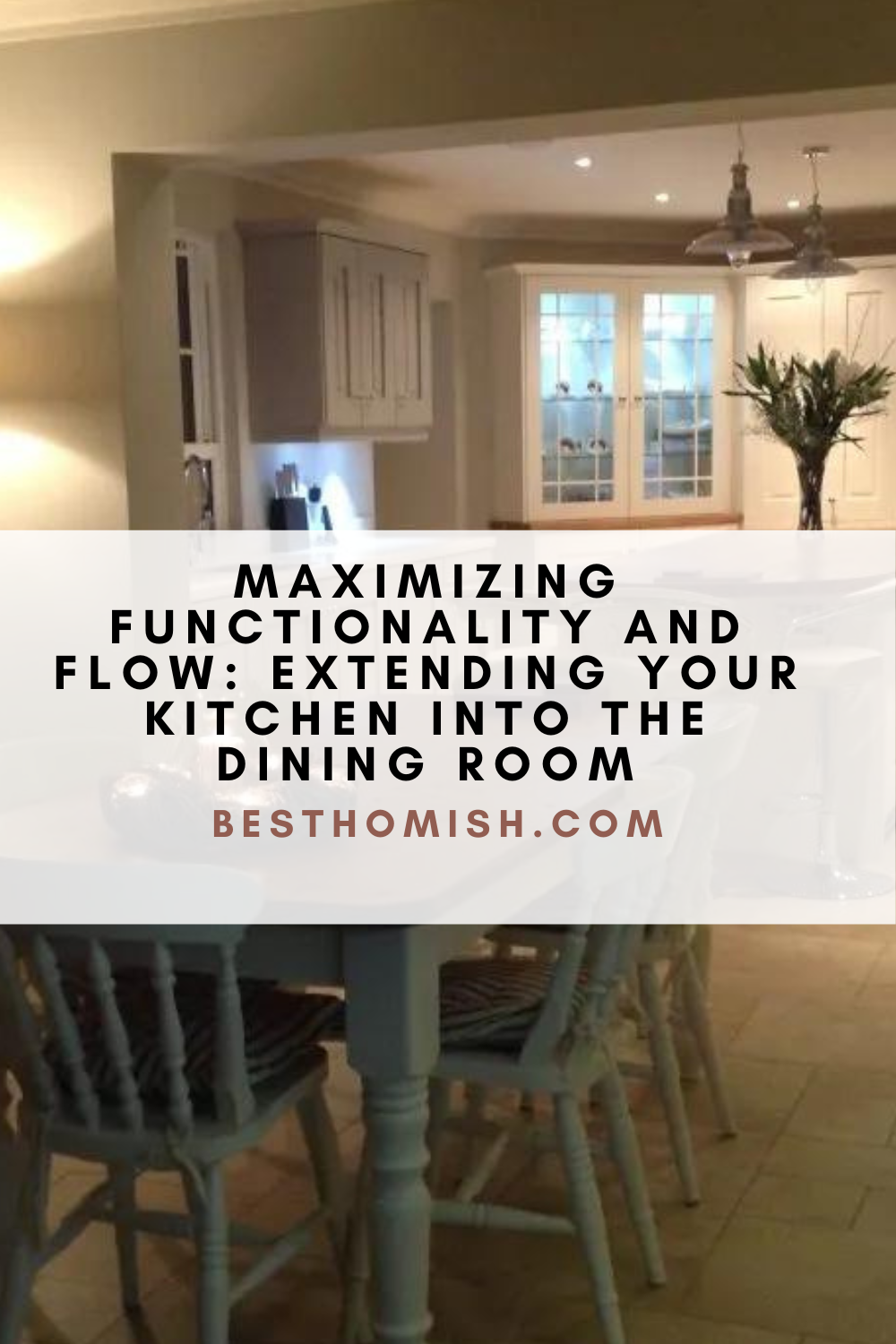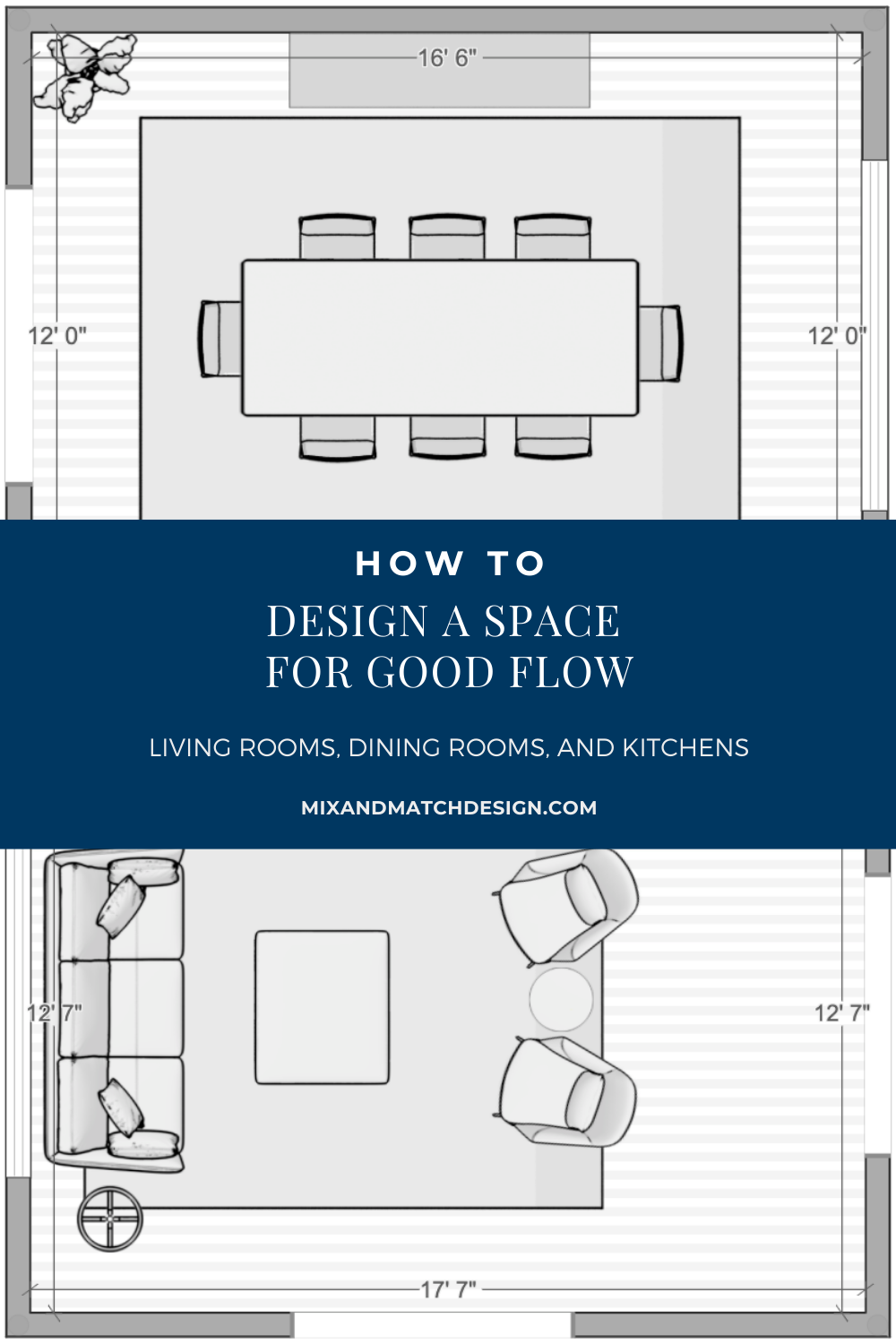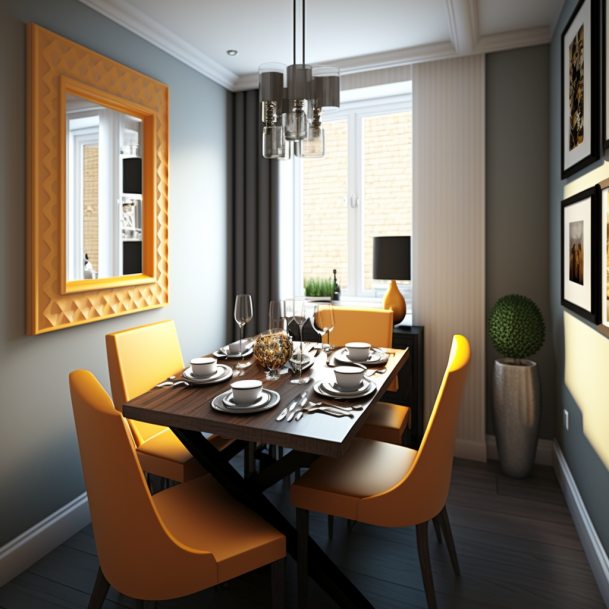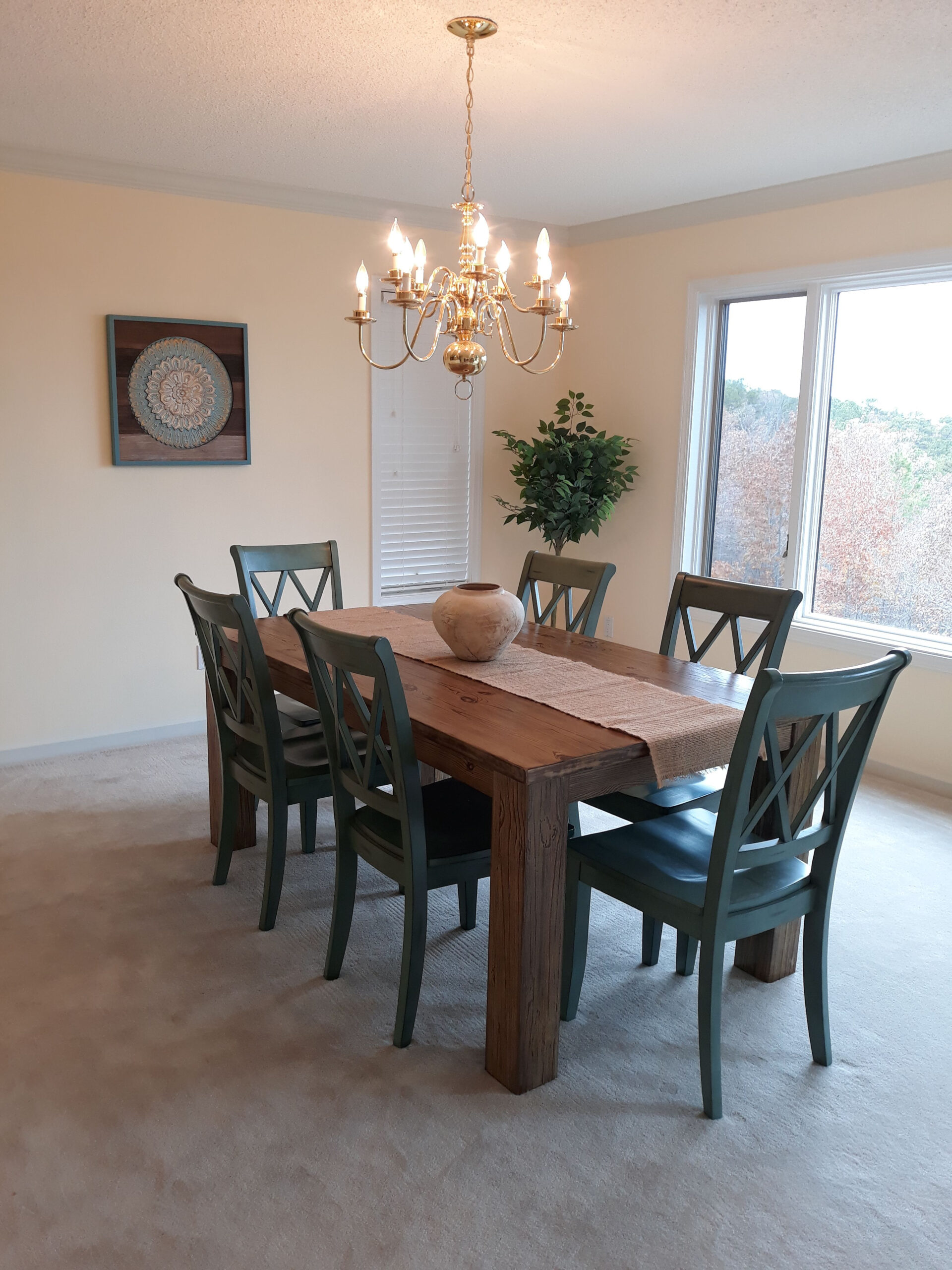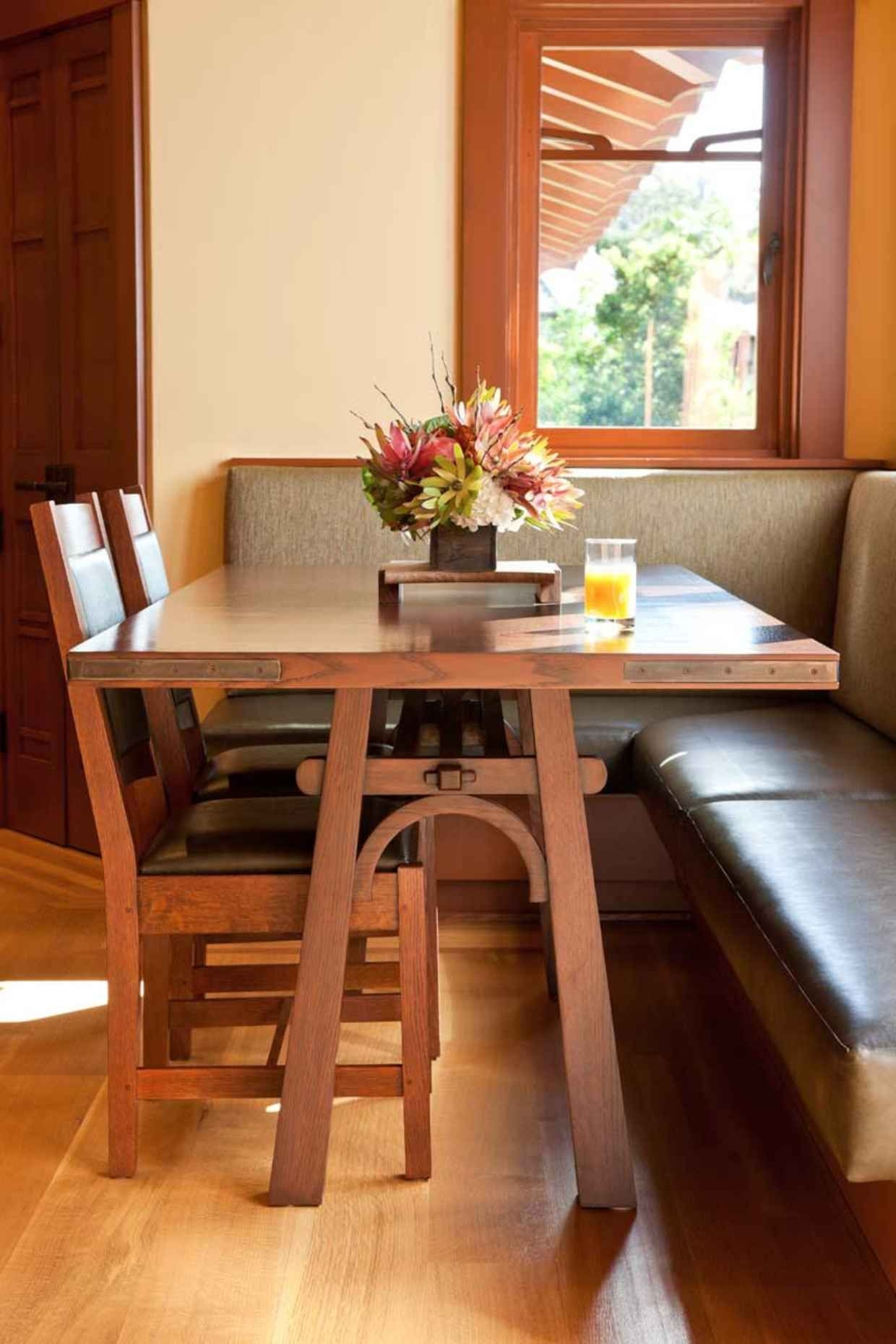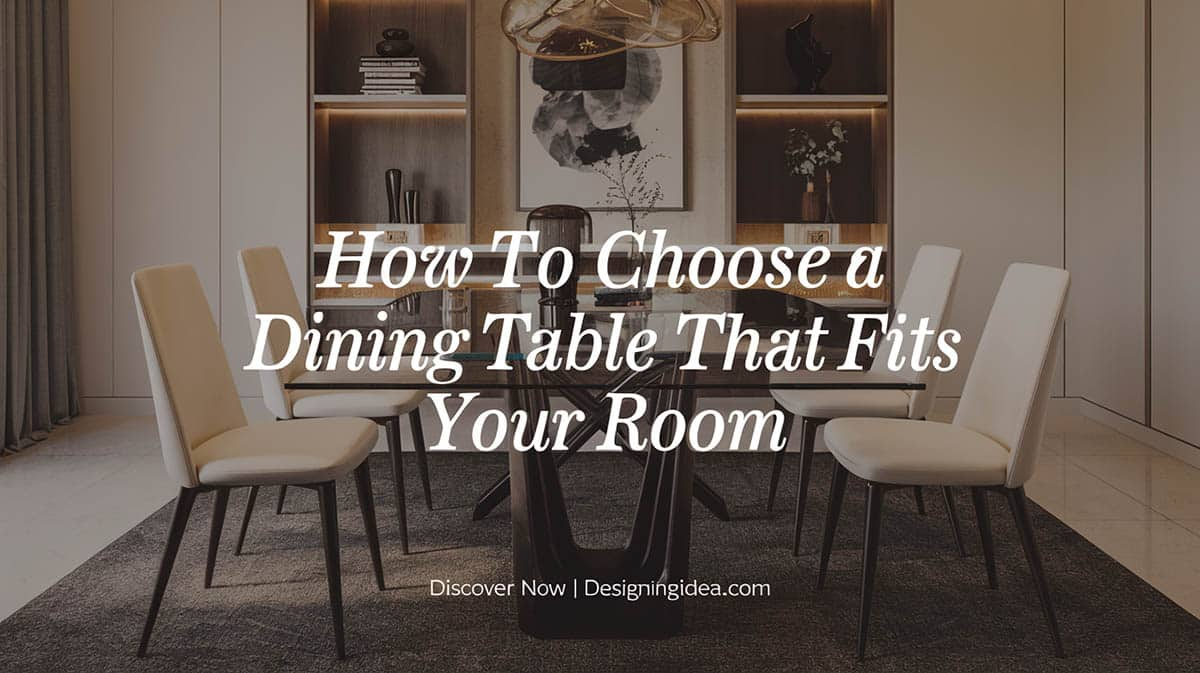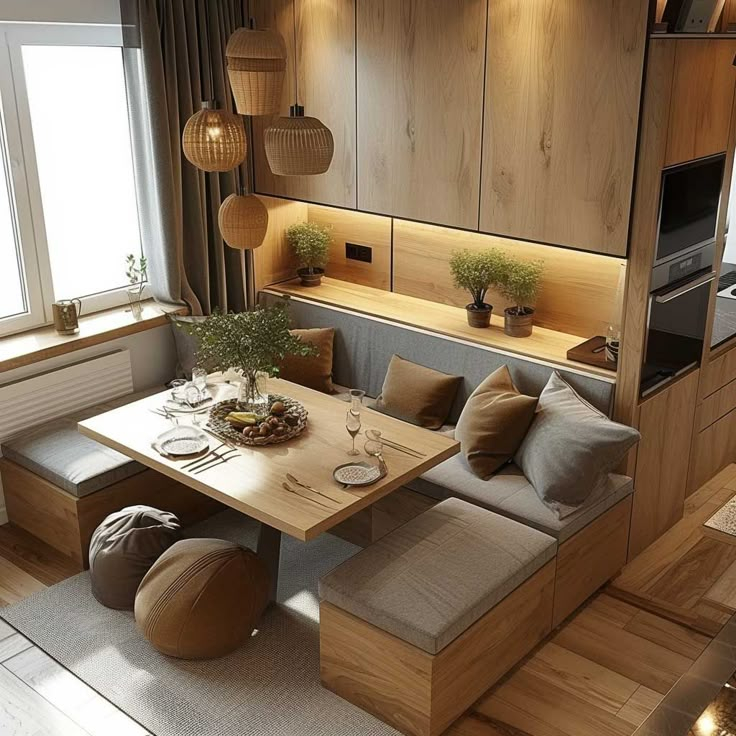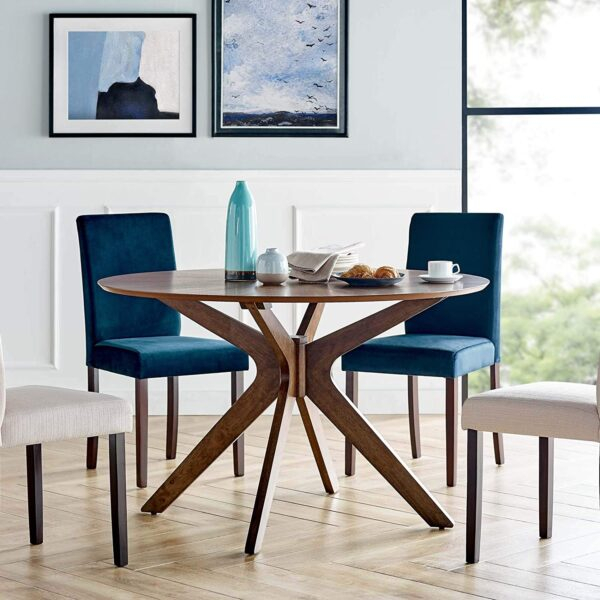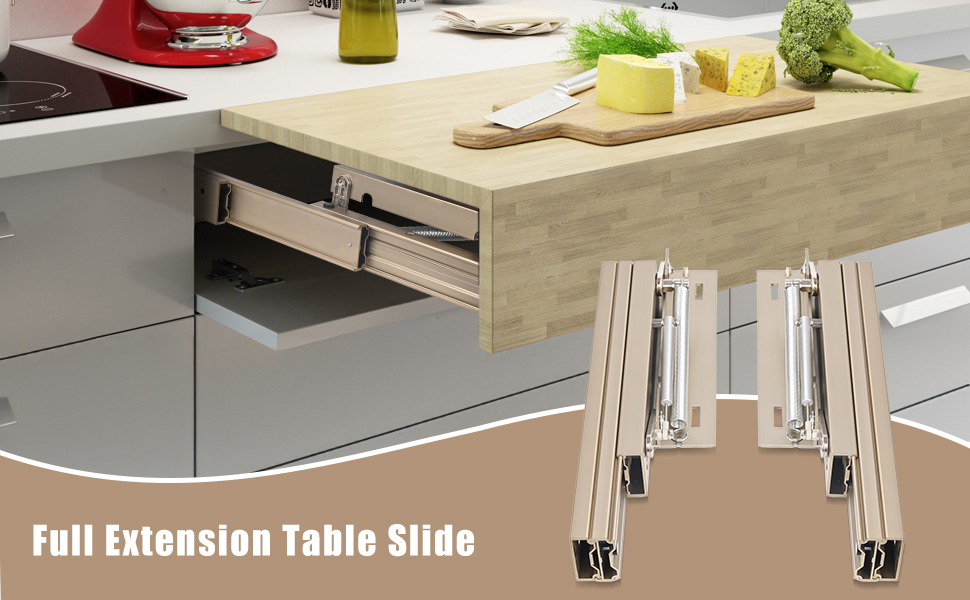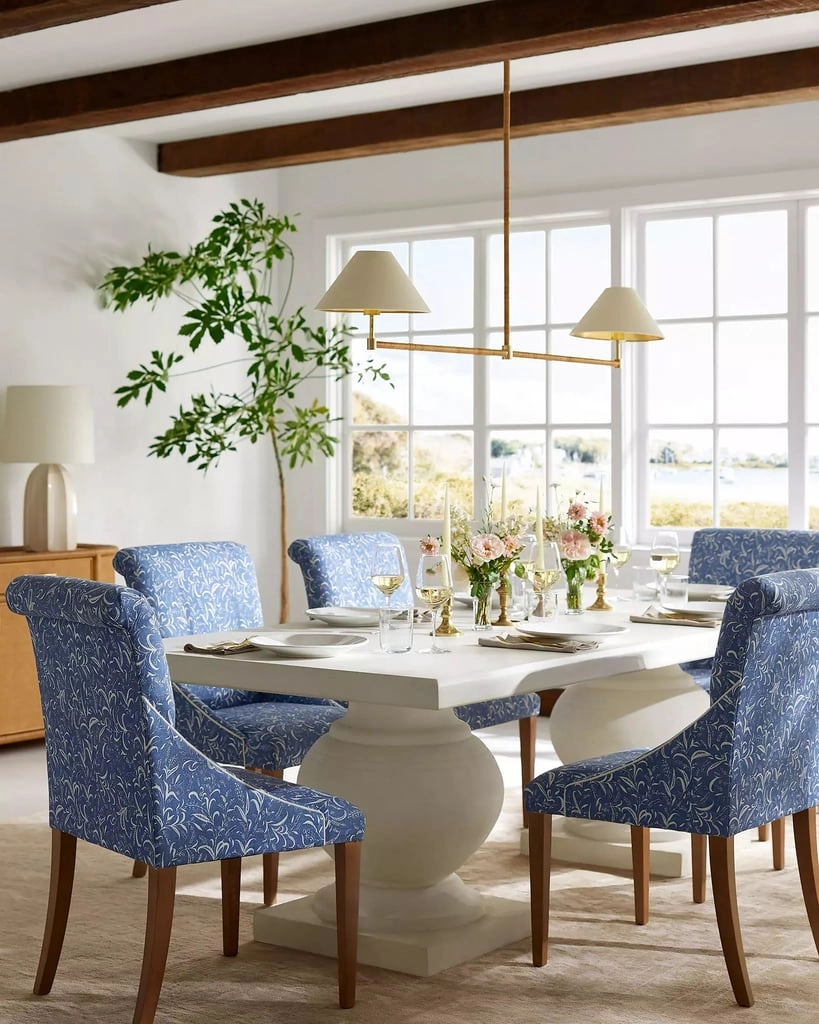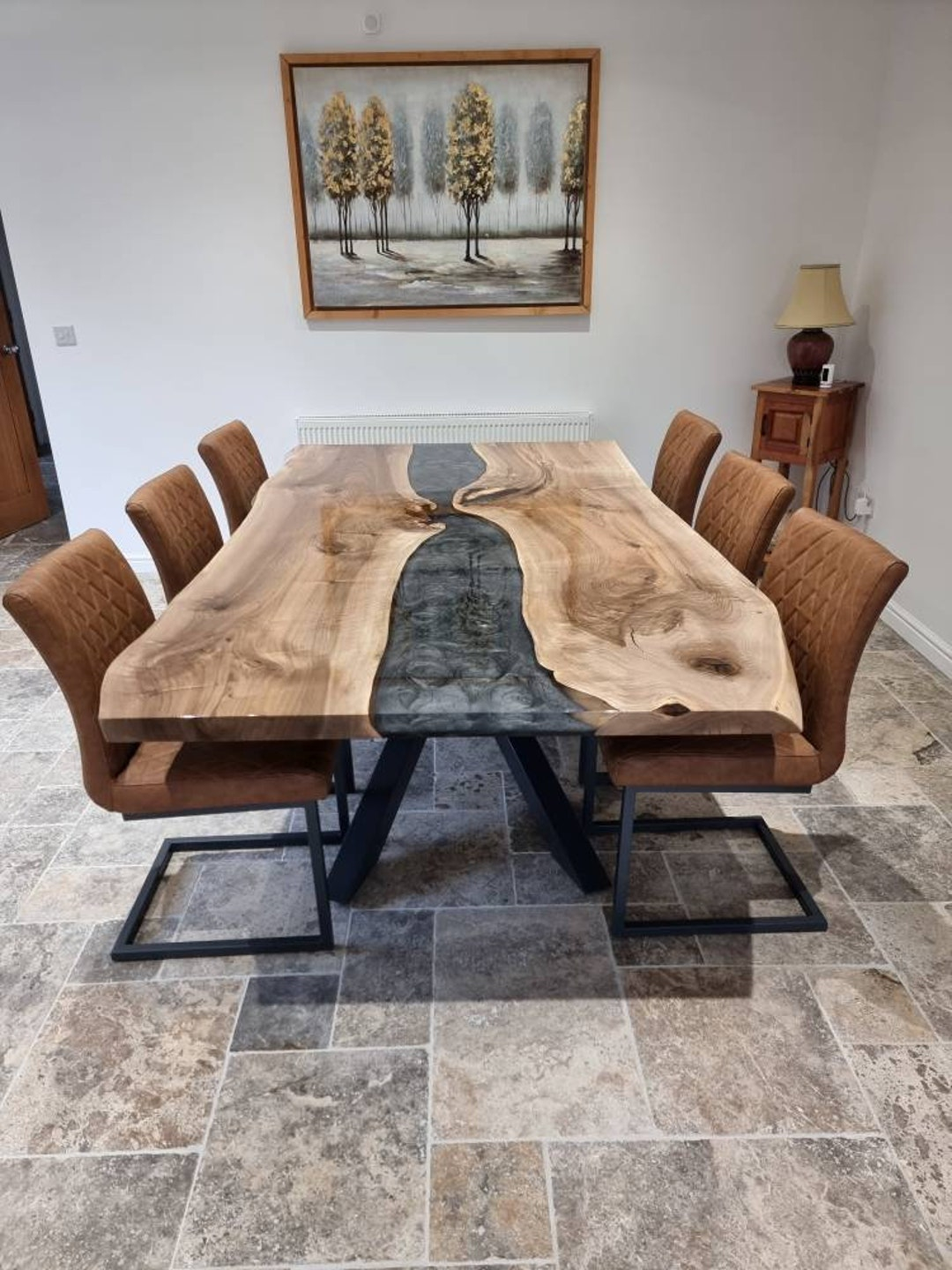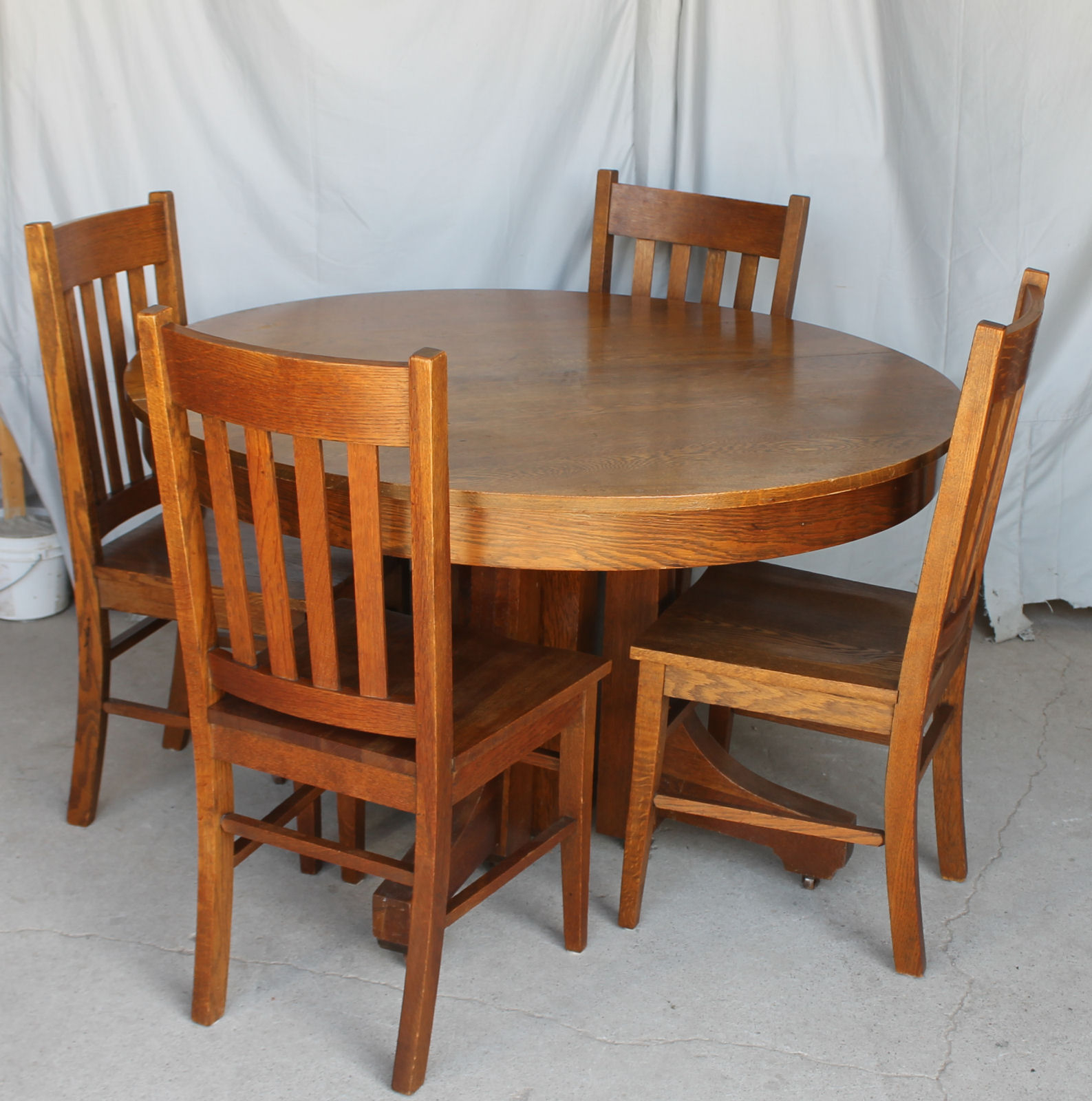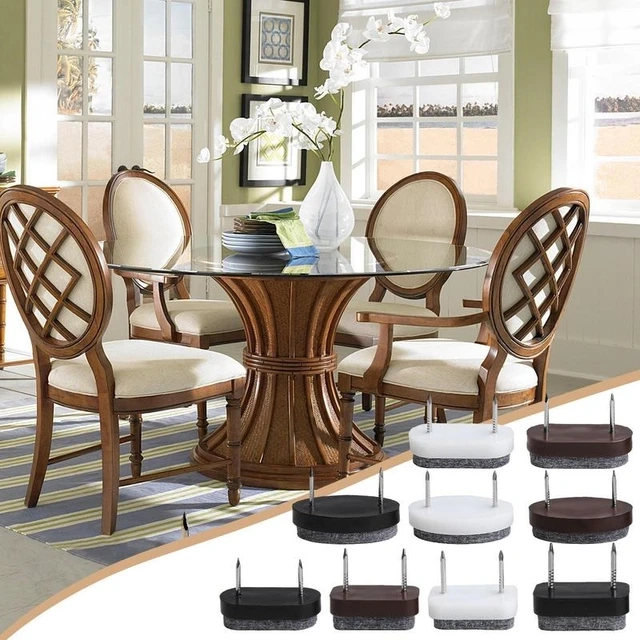Ever walked into a dining room and just felt… right? It’s not always about the fancy decor or the gourmet food. Often, the secret ingredient is how the space is arranged, how the seating guides conversations and creates a sense of belonging. It’s about making people feel comfortable, connected, and eager to linger. Let’s explore how to achieve that perfect dining atmosphere through the thoughtful placement of your tables and chairs.
Think about your favorite restaurant. What makes it special? Is it the ambiance, the service, or perhaps the way the tables are set up, allowing for intimate conversations without feeling cramped? The way you arrange seating in your own dining area – whether a formal dining room, a cozy kitchen nook, or even an outdoor patio – plays a huge role in the overall experience. It’s the silent conductor of your dining symphony, setting the tone for everything from a casual family dinner to a celebratory gathering. Getting it right means creating a space where guests feel welcomed, at ease, and ready to enjoy good food and even better company. It’s surprisingly simple once you understand a few key principles.
Understanding Your Space and Your Guests
Before you start pushing furniture around, take a good look at your dining area. What are its dimensions? Are there any architectural features like windows or doorways that you need to consider? And most importantly, who are you usually dining with? Are we talking about intimate dinners for two, lively family meals, or larger parties? Knowing these basics will guide your decisions. For instance, a small, cozy space might benefit from a single, larger table that encourages interaction, whereas a more expansive room could accommodate different seating zones. Think about the flow of traffic too. You don’t want guests having to squeeze past chairs or feel like they’re in the middle of a busy walkway. Aim for an arrangement that feels natural and unforced, allowing everyone to move around freely and comfortably. Consider also the purpose of the space – is it primarily for everyday family meals, or do you often host formal dinner parties? This will influence the type of seating and table arrangements that best suit your needs. It’s about creating a functional and aesthetically pleasing layout that serves its intended purpose.
The Power of the Pedestal: Round vs. Rectangular Tables
The shape of your table can dramatically alter the dining dynamic. Round tables are fantastic for fostering conversation. Everyone can see and talk to each other easily, making them ideal for smaller groups and more intimate gatherings. There are no ‘head’ of the table, which can make the atmosphere feel more egalitarian and friendly. Think of a classic Italian trattoria – those round tables are perfect for sharing stories and laughter. Rectangular tables, on the other hand, offer a more traditional and structured feel. They work well in longer rooms and can accommodate more people, especially in a row. They also provide a natural sense of order. However, it can be harder for people at opposite ends to converse. If you opt for a rectangular table, consider its size and placement to avoid making it feel too long and disconnected. Sometimes, a well-placed square table can offer a nice compromise, providing a sense of intimacy while still being able to seat a decent number of people.
Creating Zones for Intimacy and Flow
Don’t feel like you have to cram everyone around one giant table. Sometimes, breaking up the space into smaller seating zones can be more inviting. Imagine a large room where you have a main dining table, but also a couple of comfortable armchairs near a fireplace or a small bistro set in a corner. This gives guests options. They can mingle at the main table during dinner, but perhaps move to a quieter spot for after-dinner coffee and conversation. This also works well if you have a mixed group of people. Some might prefer the buzz of the main table, while others might appreciate a more subdued setting. Using rugs, different lighting, or even strategically placed plants can help define these zones without creating physical barriers. It’s about offering variety and catering to different moods and preferences. For example, in a large open-plan space, a well-placed banquette can create a cozy, defined area that feels separate from the main thoroughfare, offering a sense of enclosure and intimacy.
The Importance of Comfortable Seating
Let’s talk about the chairs themselves. They aren’t just functional pieces; they’re crucial to guest comfort. Are your chairs supportive and comfortable enough for a leisurely meal? People shouldn’t be fidgeting or looking for excuses to get up because their back is aching. Consider the height of the chairs in relation to the table. There should be enough legroom underneath the table, and the seat height should allow for comfortable elbow placement on the tabletop. Armchairs can add a touch of luxury and comfort, especially for the host and honored guests, but make sure they don’t make it difficult to slide the chairs under the table. Upholstered chairs can add warmth and softness, making the space feel more welcoming. And don’t forget about the spacing between chairs when people are seated. You want enough room for guests to get in and out of their seats without bumping into their neighbors. A good rule of thumb is to allow at least 24 inches of space per person at the table.
Lighting and Ambiance: The Supporting Cast
Seating is a major player, but it works best with a strong supporting cast, and lighting is paramount. The right lighting can transform a dining space from stark to serene. For a warm and inviting atmosphere, dimmable overhead lights are fantastic. A central pendant light or chandelier directly over the table can create a focal point and provide intimate illumination. Avoid harsh, overhead fluorescent lighting at all costs. Consider adding softer, ambient lighting with table lamps or wall sconces around the room. Candles, of course, are a classic for a reason – they cast a beautiful, flickering glow that instantly makes a space feel more special and inviting. The goal is to create a mood that encourages relaxation and conversation. Think about how the light falls on your guests. You want it to be flattering and comfortable, not glaring. Layering your lighting – having a mix of ambient, task, and accent lighting – is key to achieving this balance.
Practical Tips for Arrangement Success
So, how do you put it all together? Here are some actionable tips:
- Measure Twice, Arrange Once: Before moving heavy furniture, measure your space and sketch out potential layouts.
- Consider Traffic Flow: Ensure clear pathways for guests to move around without disruption.
- Balance the Room: Distribute furniture evenly to avoid making one area feel too crowded or empty.
- Don’t Overcrowd: It’s better to have slightly fewer seats than to make guests feel squished.
- Test Drive: Sit at the table yourself. Can you comfortably reach things? Is there enough elbow room?
- Flexibility is Key: If you often host different types of gatherings, consider having a mix of table sizes or furniture that can be easily reconfigured. Perhaps a larger table that can be extended, or a smaller table that can be tucked away.
Ultimately, the most inviting seating arrangement is one that feels intuitive and comfortable for your guests, allowing them to connect with each other and enjoy the experience you’ve created.
Creating an inviting dining experience is about more than just serving delicious food. It’s about crafting an environment where people feel comfortable, valued, and connected. Thoughtful seating arrangements are a fundamental part of this. By considering the shape and size of your tables, the comfort of your chairs, the flow of your space, and the ambiance you create with lighting, you can transform any dining area into a welcoming haven. Remember, it’s the little details, the mindful placement, and the consideration for your guests’ comfort that make the biggest difference. So go ahead, experiment, and discover the magic that happens when you arrange your space with intention. Happy dining.


